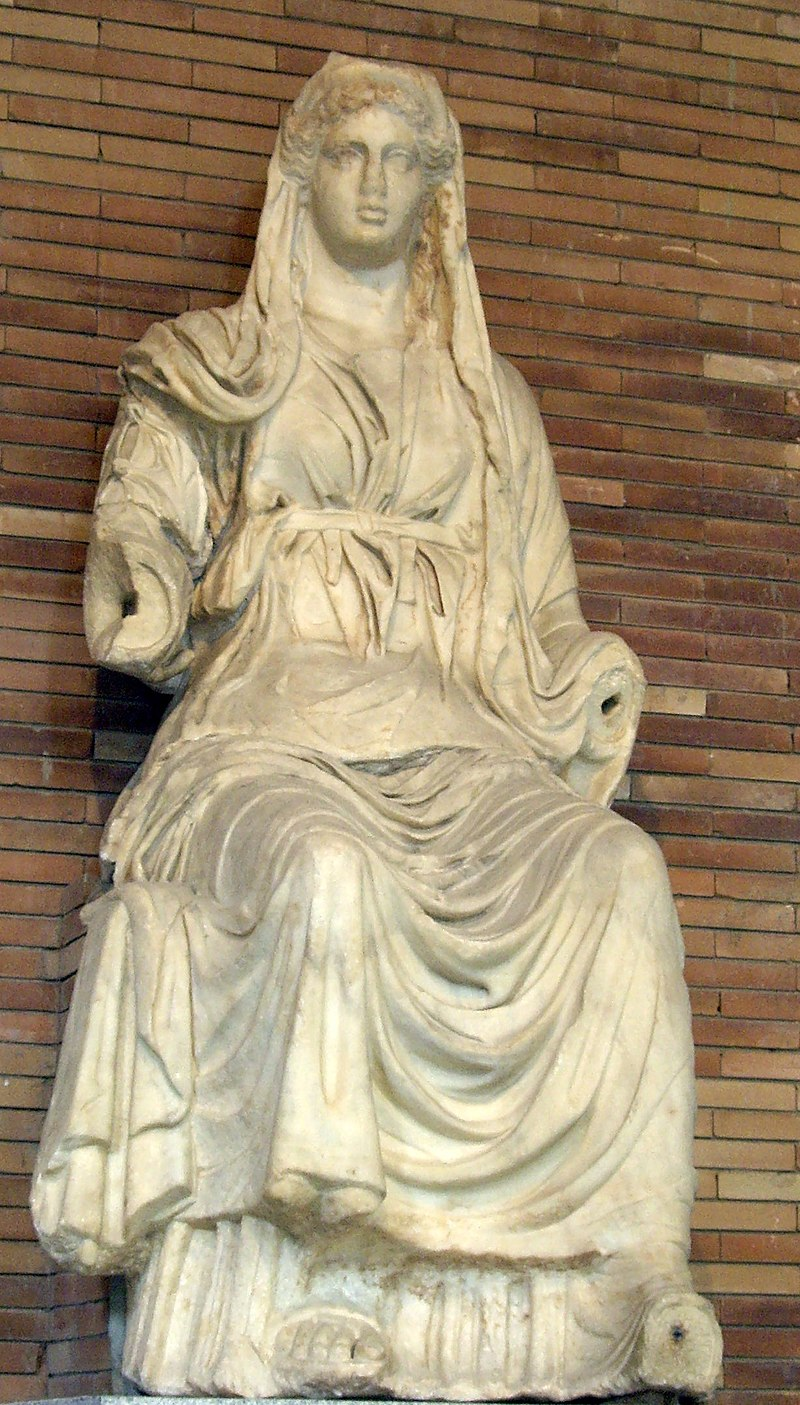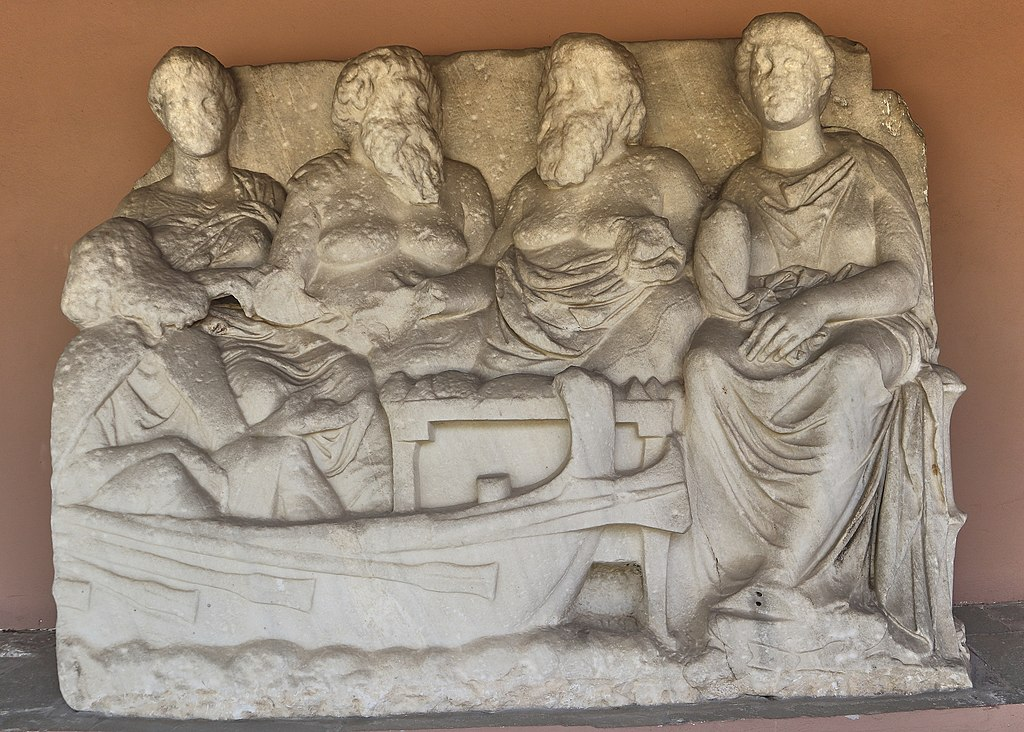Ceres, Roman goddess
In ancient Roman religion, Ceres was a goddess of agriculture, grain crops, fertility and motherly relationships. She was originally the central deity in Rome’s so-called plebeian or Aventine Triad, then was paired with her daughter Proserpina in what Romans described as “the…
Dis Pater aka Rex Infernus, Roman god of the underworld, contracted from Dives Pater (“Father of Riches”)
Dīs Pater (Dītis Patris), otherwise known as Rex Infernus or Pluto, is a Roman god of the underworld. Dis was originally associated with fertile agricultural land and mineral wealth, and since those minerals came from underground, he was later equated with…
Chthonic is a word related to all things underworld
The word chthonic, or chthonian, is derived from the Ancient Greek word χθών, “khthon”, meaning earth or soil. It translates more directly from χθόνιος or “in, under, or beneath the earth” which can be differentiated…
Acharaca was a village of ancient Lydia with a Ploutonion or a temple of Pluto and a cave named Charonium
Acharaca was a village of ancient Lydia, Anatolia on the road from Tralles (modern Aydın, Turkey) to Nysa on the Maeander, with a Ploutonion or a temple of Pluto, and a cave, named Charonium (Ancient Greek: Χαρώνειον άντρον), where the…











